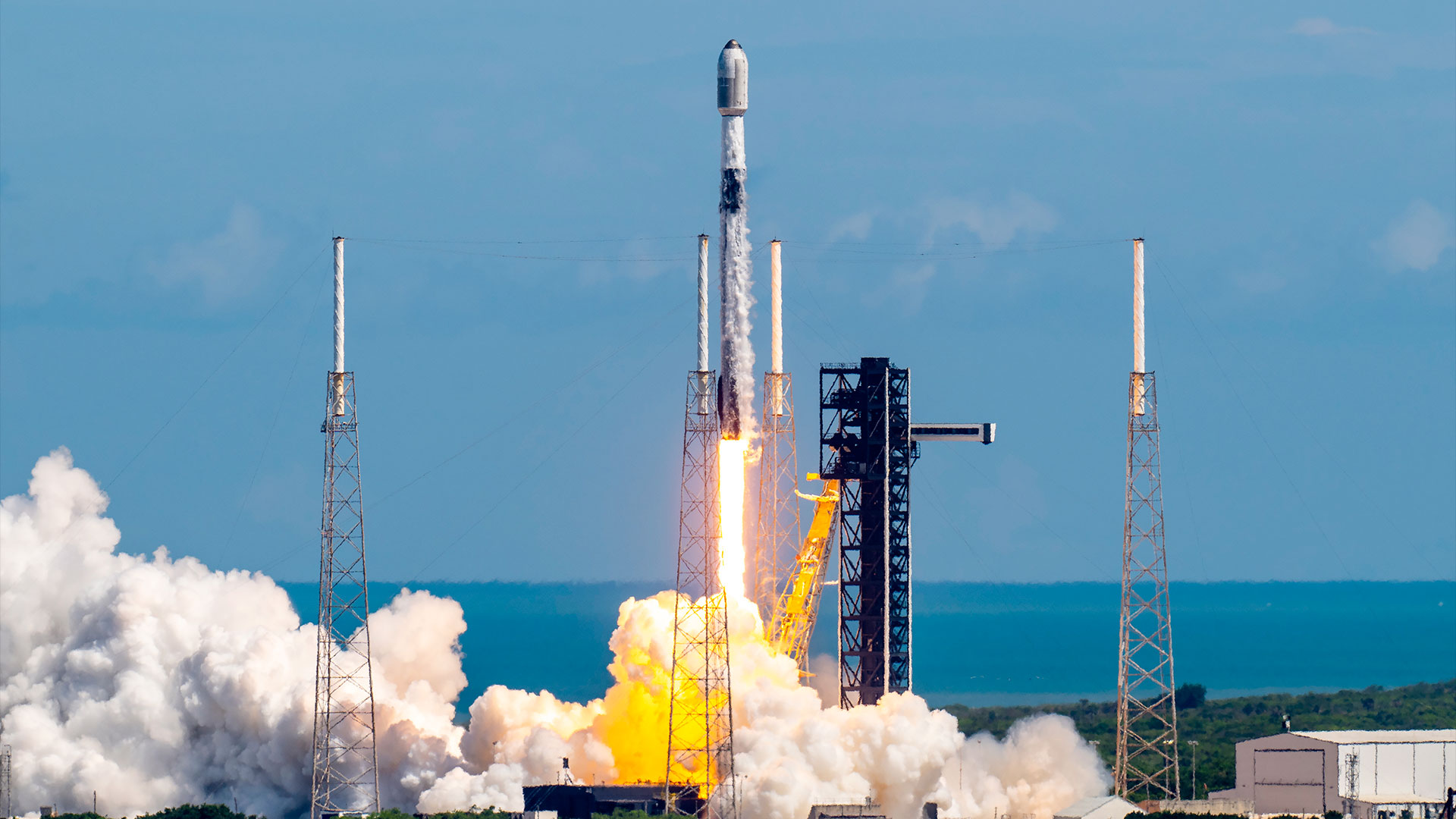Europe and China
At present, the relationship between the West and China remains ambiguous at best. Some perceive China as the next growing military threat, others as an economic partner not to be neglected. For the United States, however, China remains a potential enemy, if only over the issue of Taiwan. Europe, on the other hand, has taken steps in recent years to welcome China as a potential partner. The attitude of the European Union (EU) is evident in its recent decision to boost economic and strategic relations with China, even while the EU refrains from lifting the 15-year-old arms embargo against the country.
The marked difference between U.S. and EU attitudes towards China comes from, and reinforces, their respective philosophies toward international relations-between "realism", the idea that nation states are the dominant players in world affairs and all policy is driven by the national interest of these participants, and "liberalism", the concept that the primary actors on the international stage are individuals, their relation the State and extra-national organizations.
It is in the arena of space where these differences are markedly apparent. While the United States places an emphasis on space power and control, Europe maintains that its focus is on the peaceful use of outer space. The former is concentrating on leveraging space to provide itself and its allies with an asymmetric military advantage; the latter is focusing on creating "useful" space applications for Europe's populace and as a tool for the further integration and enlargement of the EU.
This article aims to describe the emerging space partnership between Europe and China, how the United States has-and can continue-to influence this partnership, and why China's inclusion in western space programs might be in the best interest of parties on both sides of the Atlantic.
China: A Space-Faring Nation
As this unpredictable partner lurks on the horizon, it is clear that China is not the allegorical wolf, but something between a grizzly and panda bear. Among the emerging world players China could over the next two decades prove to be the largest threat to global security. At the same time, however, China-now part of the World Trade Organization, with double-figure economic growth, a source of cheap labor, and a highly educated pool of people-offers unmatched business opportunities for the western world.
China is now acknowledged as a space-faring nation. It is the third country after Russia and the United States to have flown a man--a taikonaut--in space. Its human space-flight program is increasingly vibrant with a second manned space launch planned for this year--this time with two astronauts, and long-term goals of sending robotic and manned missions to the moon. Yet, while symbolically important, manned flight is not as valuable to China as its ability to hoist satellites into orbit.
Breaking space news, the latest updates on rocket launches, skywatching events and more!
With thousands of isolated rural communities characterized by low population densities, and almost nonexistent telecommunication infrastructure, China would benefit greatly from the increased utilization of advanced telecommunication satellite technologies. The many applications of remote-sensing satellites, which have been very helpful in urban development and agriculture in other countries, would also be an invaluable asset to help China cope with both current population and economic growth.
European Foreign Policy: Expansion and Balance
For centuries the realist approach to foreign relations, where individual nations or states are the most important actors, prevailed in Europe. "Anarchy," or the lack of a superior authority, was a justification for each state to maximize its power and its own security. Europe knows the results of this approach well.
The EU, born in the wake of World War II to prevent near-genocidal conflicts from taking place again on the continent, took a liberal approach to foreign relations. Some of the main characteristics of this approach as they relate to our topic are:
- The acknowledgement that there are many important entities to the international system beside the nations themselves, e.g., supra-national entities like the EU, multinational corporations, NGOs, international organizations like the European Space Agency (ESA) and, unfortunately, international crime and terrorist networks.
- The belief that democracy and free trade secure peace between nations, and that cooperation ultimately enhances freedom.
Space Cooperation between Europe and China
The European rationale for cooperation and trade within Europe can naturally be extended to China.
The European vision, that space is a medium to explore, research and use for peaceful purposes, makes it a natural arena for cooperation.
Cooperation in space science between Europe and China is likely to emerge. The ESA will be instrumental in finding the appropriate domains for cooperation. For example, the new Dragon program will focus on earth observation science and applications for China, using data primarily from ESA's ERS and Envisat satellites.
European space industries have sold telecommunication satellites to China in the past. This trend will continue since some European manufacturers have now invested in International Traffic in Arms Regulations (ITAR)-free technology that allows them to export systems without the previous tedious, and some say prohibitive, ITAR rules. (ITAR is the U.S. law regarding the import and export of military and defense technologies. All space technology falls under these constraining categories.)
Some European commercial remote sensing companies, like their U.S. counterparts, have been selling spatial imagery to China for years. As yet, no observation satellite system has been exported from Europe to China, with the exception of some low-resolution microsatellites. However, the export of remote sensing satellites systems with limited resolution should be expected in the near future.
Obviously those EU member-states which are more sensitive to the potential dangers of technology transfers towards China will want to regulate cooperation and trade. Regardless, all activities shall respect any applicable, international non-proliferation treaty such as the Missile Technology Control Regime (MTCR). The MTCR is an informal and voluntary association of countries working for the non-proliferation of unmanned delivery systems capable of delivering weapons of mass destruction and the coordination of national export licensing efforts aimed at preventing their proliferation. The MTCR was originally established in 1987 by Canada, France, Germany, Italy, Japan, the United Kingdom and the U.S. The MTCR partnership now involves thirty-four countries.
With that in mind, cooperation with China on satellite navigation, as announced in 2003, can take place. At this time, both the content and the mechanism for this future cooperation remain to be determined. This will require the Europeans to guarantee its U.S. partner that all the necessary security barriers are in place, and that such a cooperation will not endanger NATO or allied forces.
Cooperation in the field of space transportation is very unlikely.
American Foreign Policy: Export Controls and Space Technology
A major gulf exists between American and Europe's foreign policies, i.e., realism versus liberalism.
Yet as the Atlantic separates the EU from the United States, China and Europe, like Russia, are connected nations. They share the Eurasian continent and developing a shared continental culture. This culture extends into both international trade and strategic security. Both Europe and China have already experienced military and peaceful cross-fertilization in the past. (On December 27, 2004 Russia and China announced that they will have military exercises together.) They share the same understanding of geographic continuity and vulnerability. Cooperation at a continental level sounds natural. The United States, like Japan, Australia, and Taiwan, for example, shared for many centuries the privilege of the protection of the seas. This results in a more isolationist attitude, which could be described as insular isolationism.
The International Thermonuclear Experimental Reactor, or ITER, which is supposed to provide the world with clean nuclear energy, best illustrates these cooperative models. This multilateral program is currently facing a potential split in two groups of competing countries, with Japan and the United States on the one side, and Europe, Russia and China on the other. What is important for the space community to note is that this division resulted from political concerns independent of American worries over cooperating with China on sensitive nuclear technology.
Beyond different views of international relations, it is necessary to address another key difference between the EU and the United States. All over Europe, most space-related technology does not fall under military export controls. This reflects the different intended uses of space on each side of the Atlantic. Hence, for Europe, cooperation in space with China is fully decoupled from any lifting of the arms embargo against this country.
Under the Clinton Administration, the United States attempted to cooperate with China on space transportation. This was meant to curtail China's exportation of missile technology to countries such as Iran and North Korea, very much like what had been done successfully in the 90s with Russia. The U.S. government forced NASA to redesign the International Space Station with a stronger Russian involvement in mind--very valuable today with the shuttle grounded for more than two years. The U.S. government also encouraged the aerospace industry to engage in commercial partnerships with its Russian counterpart in the field of space transportation. As a result, Lockheed Martin resells the Proton Russian rocket, and incorporates in its new Atlas 5 expandable launcher, a Russian-made first-stage engine, the RD-180. The problem of illegal missile technology transfers between some U.S. companies and the Chinese emerged in 1998, following the failed launch of an Intelsat satellite on a Long March booster, effectively ending that policy. The resulting classification of space technology on the U.S. Department of State munitions list ended any cooperation in space with China. As a result, space cooperation between Europe and the United States decreased as well.
If the United States really believes that space technology should not-indeed, must not-be disseminated, it has to engage Europe quickly and explain its concerns. However, such a dialogue would be awkward. Very little cooperation regarding space-based security applications goes on between Europe and the United States despite their military alliance. Meanwhile, ITAR itself has created barriers to prevent such cooperation. At this point, Europe only has relationships with agencies such as NASA and the National Oceanic & Atmospheric Administration (NOAA) that focus on the peaceful use of space.
Conclusion
The potential partnership between Europe and China in space is not meant to isolate the United States or increase the proliferation of space technologies that would be used for anything other than peaceful purposes. It is meant to build trust with the China through cooperation and trade.
However, the United States' isolationist policy, which adversely impacts space cooperation through draconian export regulations--while simultaneously taking steps to control and militarize space--forces other space-faring nations, such as Europe, Japan Russia, India and China to cooperate among themselves in the end.
The perceived danger the United States feels regarding cooperation between Europe and China is nothing when compared to the difficulties the nation will face should it explore space alone.
Vincent G. Sabathier has more than fifteen years of experience in aerospace, both in the industry and the government. He last served as the Space Attache at the Embassy of France in the U.S where he promoted cooperation between Europe and the U.S. He is currently a visiting senior fellow at the Center for strategic and International studies in Washington DC.
Join our Space Forums to keep talking space on the latest missions, night sky and more! And if you have a news tip, correction or comment, let us know at: community@space.com.
M. Sabathier has more than twenty years of experience in international aerospace and telecommunications. He is a Senior Associate with the Technology and Public Policy Program at the Center for Strategic and International Studies, CSIS, in Washington DC, and Associate Fellow of AIAA.
Mr. Sabathier has served in many roles in the field of aerospace, with the French Ministry of Defense, CNES, where he was actively involved in the development of the Hermes space plane and the Ariane 5 launch vehicle. Arianespace selected him to negotiate production contracts for Ariane launchers and later appointed him program manager for follow-on projects they financed.

